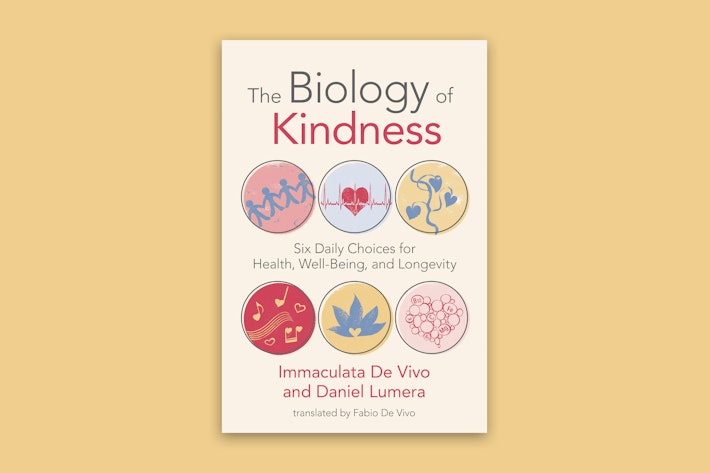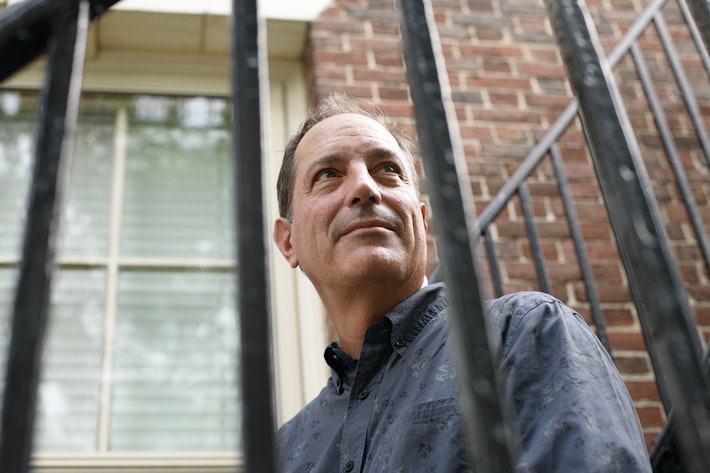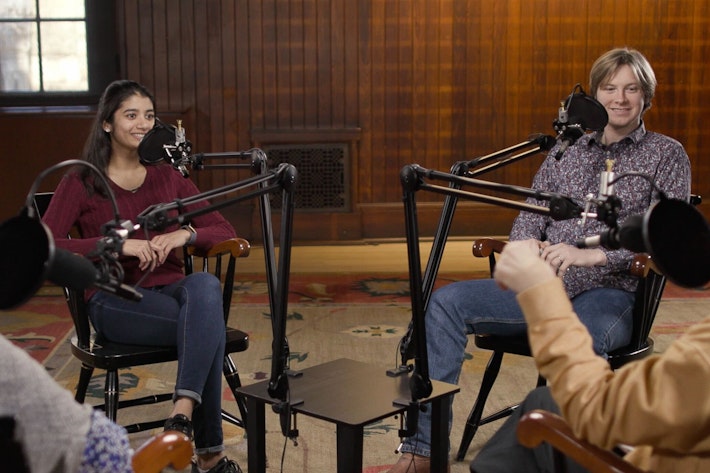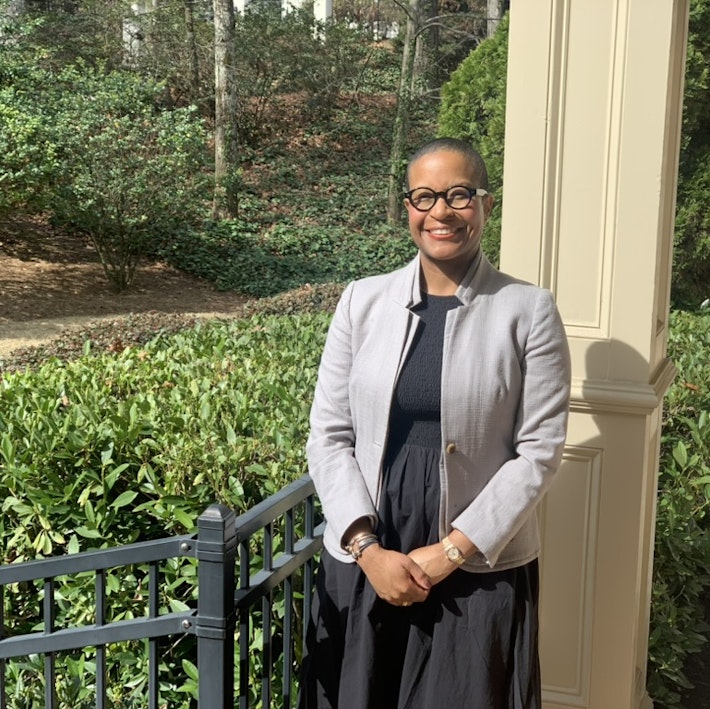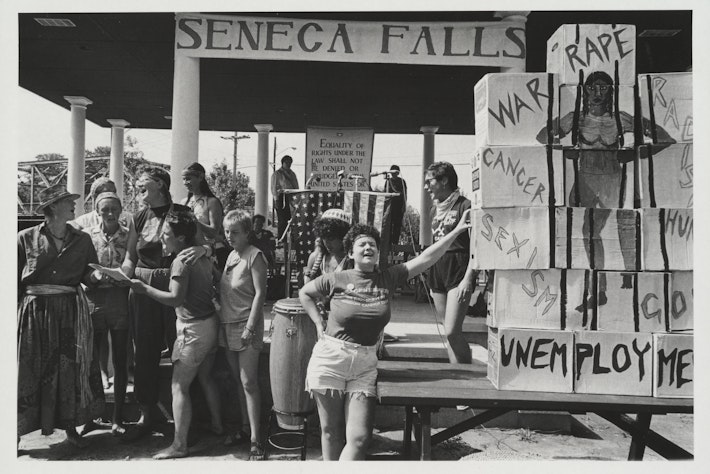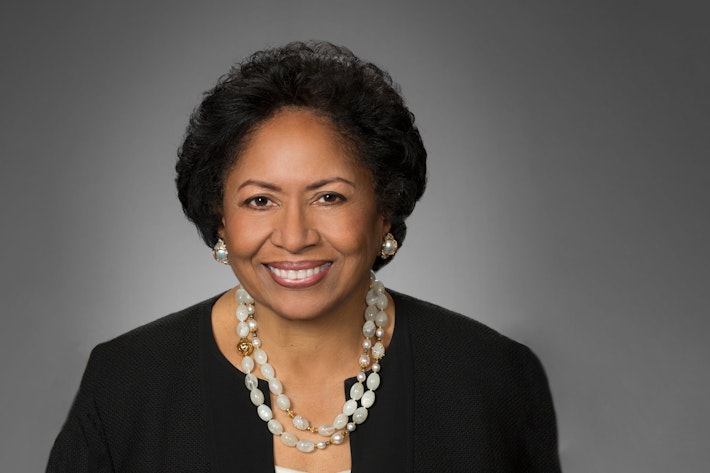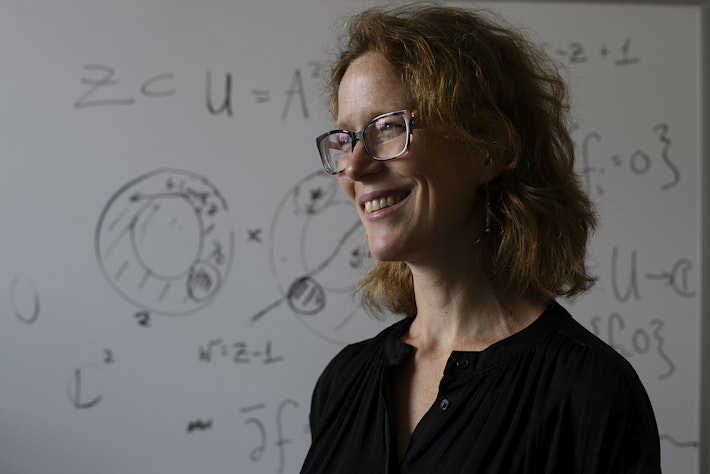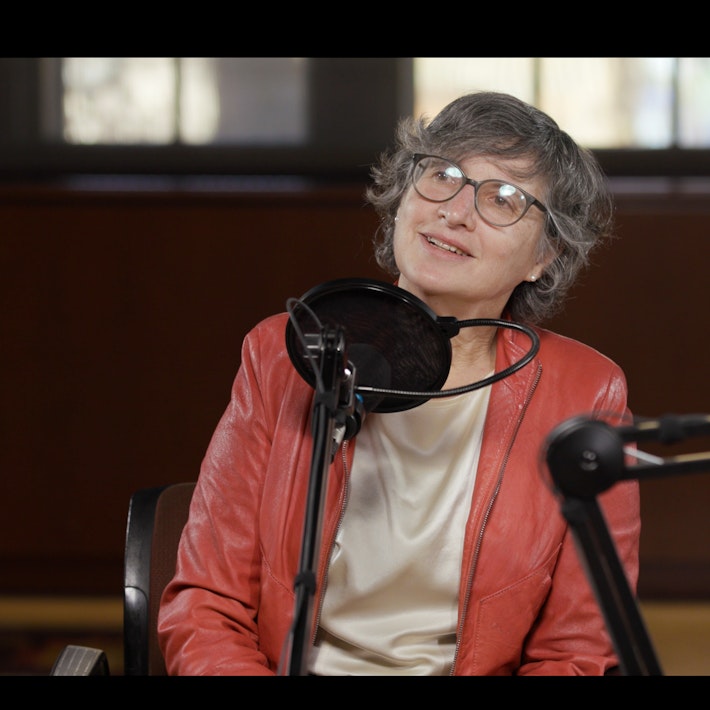Radcliffe Institute at Harvard presents Future Fossil, a newly commissioned exhibition by Clarissa Tossin, inspired by Octavia Butler’s Xenogenesis trilogy.
The artworks in this exhibition imagine a moment of collision of the past, present, and future. Clarissa Tossin explains, “In the course of making this work, I’ve wondered what a core sample of Earth taken 1,000 years from now will look like.”
For Immediate Release
Contact: Jane F. Huber
jane_huber@radcliffe.harvard.edu
Director of Communications
CAMBRIDE, MA—On January 30, 2019, the Radcliffe Institute for Advanced Study at Harvard University (www.radcliffe.harvard.edu) opens a new immersive art installation by the interdisciplinary artist Clarissa Tossin.
The new artworks in Future Fossil imagine a moment of collision of the past, present, and future. As Tossin explains, “In the course of making this work, I’ve wondered what a core sample of Earth taken 1,000 years from now will look like. How much plastic and other nonrecyclable materials will remain in Earth’s geological sedimentation, and for how long?”
The “core sample” becomes the exhibition’s central sculpture and the eponymous Future Fossil. Constructed from synthetic plastics, silicone, and electronics, it tracks human history through waste and refuse—the plastics that make up our current world, which accumulate and never fully break down.
The other works in the exhibition stage similar confrontations between disparate temporalities and worldviews: baskets with indigenous patterns are woven from Amazon.com boxes and images of the universe; pictures of Mars are coupled with DIY recycled plastics; and the disembodied voices of Octavia Butler and Siri are in conversation about an uncertain future.
Tossin, a Radcliffe fellow in 2017–2018, works across media to investigate ecosystems of material production, the hybridization of cultures, and the persistence of difference. In this installation, Tossin speculates on a postapocalyptic world following ecological collapse, taking inspiration from Octavia E. Butler’s science fiction trilogy Xenogenesis (1989), in which the Amazon becomes the site for a new civilization of alien-human hybrids.
As Tossin explains, “The works for Future Fossil address consumer society’s footprint in Earth’s geological sedimentation as a wake-up call to an overdue collective behavioral change that acknowledges that humans are part of nature and that we need to work against the passivity surrounding this issue.” By drawing upon the world-building of Octavia Butler, Future Fossil opens up a dialogue that reconceptualizes our understanding of our place on, and relationship to, Earth.
During her Radcliffe fellowship, Tossin completed Encontro das Águas (Meeting of Waters), a project focused on the Amazonian port city of Manaus, where indigenous Brazilian communities and the export of products from Brazil’s Free Economic Zone converge. This current exhibition expands upon themes developed in Tossin’s prior work and continues to explore the traditional Amazonian practices, such as Baniwa weaving techniques, that informed Encontro das Águas (Meeting of Waters).
“As a frequent visitor to her studio, I was particularly attracted to Tossin’s searching approach to material and form that crossed boundaries of time and media,” says Meg Rotzel, the arts program manager at Radcliffe and Future Fossil exhibition curator. “Her focused interest in cultural production in and around the Amazon Basin drove her to various corners of the University: the Harvard Ceramics Program, the Peabody Museum of Archaeology and Ethnology, the David Rockefeller Center for Latin American Studies, and even the Harvard Recycling and Surplus Center. Tossin’s cross-campus curiosity prompted me to invite her to create a new body of work for the Johnson-Kulukundis Family Gallery as a means of capturing some of what was happening in her studio.”
Exhibition organized by Meg Rotzel, arts program manager at Radcliffe.
About the Artist
Clarissa Tossin, originally from Brazil, is an artist based in Los Angeles, California. Her artwork has been exhibited at the Whitney Museum of American Art; the 12th Gwangju Biennale, South Korea; the Hammer Museum; the Blanton Museum of Art; the Museum of Contemporary Art Detroit; the Museum of Latin American Art, Long Beach; the Queens Museum; the Blaffer Art Museum; SITE Santa Fe; the Wattis Institute; Wesleyan University’s Zilkha Gallery; SESC Pompéia, Brazil; and Fundação Iberê Camargo, Brazil; among other venues. Tossin was a 2017–2018 Radcliffe fellow and received her MFA from the California Institute of the Arts.
About the Gallery
As one of several exhibition spaces at the Radcliffe Institute, the Johnson-Kulukundis Family Gallery is part of the Institute’s effort to promote visual art as a form of advanced study and to provide a unique space for artistic experimentation and dialogue on the Harvard campus. Exhibitions feature contemporary art that advances interdisciplinary conversation across the vibrant intellectual communities at the Institute, at Harvard, and beyond. Gallery publications similarly emphasize experimentation and dialogue by providing artists, faculty, and students with the opportunity to engage creatively with the exhibition book form.
About the Radcliffe Institute for Advanced Study at Harvard University
The Radcliffe Institute for Advanced Study is a unique space within Harvard—a school dedicated to creating and sharing transformative ideas across all disciplines. Each year, the Institute hosts 50 leading scholars, scientists, and artists from around the world in its renowned residential fellowship program. Radcliffe fosters innovative research collaborations and offers hundreds of public lectures, exhibitions, performances, conferences, and other events annually. The Institute is home to the Arthur and Elizabeth Schlesinger Library, the nation’s foremost archive on the history of women, gender, and sexuality. For more information about the people and programs of the Radcliffe Institute, visit www.radcliffe.harvard.edu.
